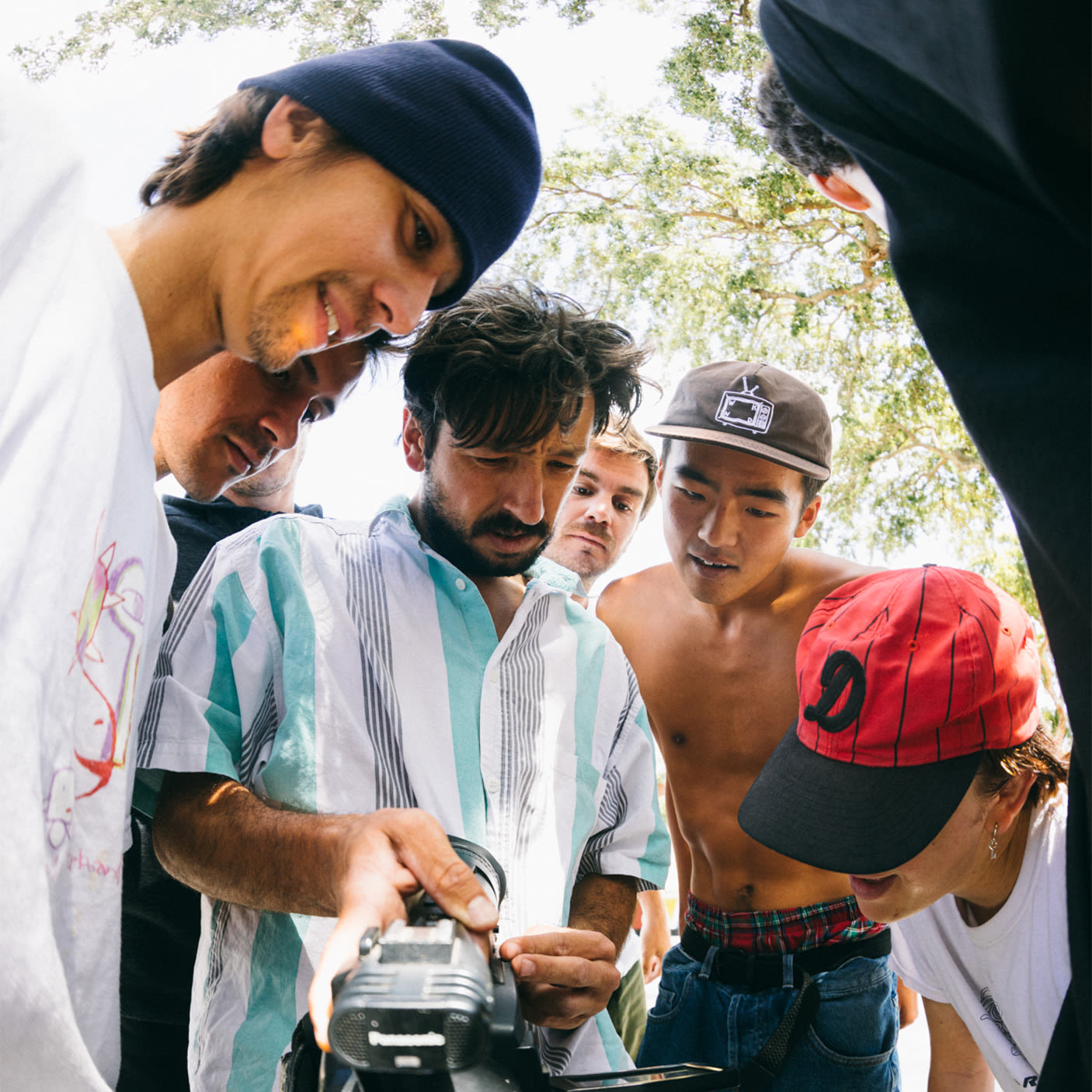
The last time tennis blew up in popularity, the Williams sisters were winning their first major tournaments. They went on to transform the game over the next two decades, drawing women of color into the sport and becoming global socio-economic game-changers.
It was a tough act to follow, but now tennis is seeing another renaissance. In the US, recreational participation jumped 22% in 2020, while entry-level racket sales rose nearly 40%. Around 21.5 million people played tennis last year, including 3 million new players (a 44% increase from 2019).
New balls, please
For a new wave of tennis brands – and suddenly, there are lots of them – the key to success largely comes down to tapping into the sport's increasingly more inclusive culture.
After all, the new generation of tennis stars, such as Naomi Osaka, Nick Kyrgios, Emma Raducanu, Coco Gauff, Félix Auger Aliassime and Frances Tiafoe, grew up on social media. And with that, they've brought a different kind of energy to the sport, extending beyond its formerly exclusive, predominantly white, country-club audience.
Sportswear giants like Nike will likely continue to dominate tennis clothing and equipment sales for a long time yet. But fast-fashion players such as Ssense and H&M, as well as athleisure brands like Rhone and Alala, have recently launched tennis collections. And while everyone is piggybacking on the sport's revived popularity, we're seeing the best new products from smaller and newer independent brands – from Rodakis tennis balls and Furi Sport's all-black rackets to Palmes Tennis Society's eco-friendly line of apparel.
The brand slam
Copenhagen-based Nikolaj Hansson only started playing tennis during lockdown last year. He decided to ditch his job and launch a tennis brand, Palmes Tennis Society, with his own savings, which went live a few weeks ago.
Nikolaj has previously worked in communications and branding for lifestyle magazine Kinfolk and furniture and homeware company Muuto, and he wanted to bring that kind of art and design sensibility to tennis. ‘All the biggest tennis brands are rooted in what tennis was, not where it's going,’ says Nikolaj. ‘And people are made to feel like they need a double law degree to play. But it's actually one of the most accessible sports out there.’
On fast-fashion brands jumping into tennis, he says: ‘Fashion is one of the world's top five most polluting industries; the world doesn't need more products for the sake of it. We make sure we use organic cotton and biodegradable packaging. Beyond that, the tennis brands that will have the most staying power will be the ones that reflect the wider culture in a more modern way, with an abundance of references beyond the usual stereotypes.’
Furi Sport, a tennis equipment and fashion line founded by Erick Mathelier and Michelle Spiro, also hopes to rethink tennis marketing. ‘Growing up in Brooklyn, basketball culture was everywhere. Tennis, on the other hand, had very little that my friends, family and I could identify with,’ says Erick. ‘Tennis always had great heritage, with brands like Stan Smith drawing on it, but there was nothing around community building,’ adds Michelle.
Across the brand's T-shirts, hoodies, bags and rackets, black is the defining color; also noticeable is the high level of tech. ‘Launching the performance side of the brand gives us credibility. And that's much-needed, considering how fast this industry has just started to move,’ says Michelle. ‘There's been a changing of the guard, and it's been a long time coming,’ Erick adds. ‘Now tennis has a uniform that it's never had before.’
A version of this article was published in the Courier Weekly newsletter. For more useful stories, tips, tricks and simply good advice, sign up here.


